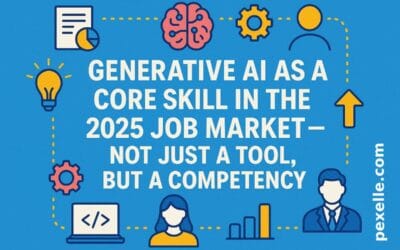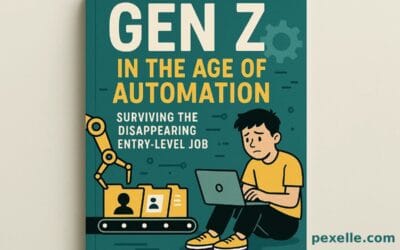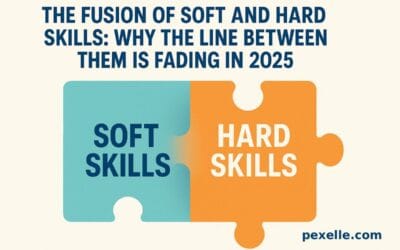From Skills Data to National Strategies: How Pexelle Can Help Governments Plan the Future Workforce

Introduction: A New Era of Workforce Planning
The global workforce is undergoing a massive transformation. Emerging technologies, changing labor demands, and regional economic shifts are reshaping the skills needed for the jobs of tomorrow. For governments and policymakers, one key challenge stands out: How can they plan the future workforce effectively when labor markets evolve so quickly?
This is where Pexelle comes in. By turning skills data into actionable insights, Pexelle enables governments, organizations, and regional bodies to make informed decisions, align workforce training with economic goals, and prepare for a future where talent mobility and digital credentials play a central role.
The Importance of Skills Data for Workforce Strategies
Effective workforce planning requires real-time, high-quality data on:
- What skills are currently in demand.
- Which sectors are growing or declining.
- Where the biggest skills gaps exist across regions.
- How labor mobility affects national and cross-border markets.
Traditional labor market reports are often static and outdated, making it difficult for policymakers to respond quickly to change. Skills data analytics, like those generated by Pexelle, provide a dynamic picture of the job market—helping governments stay ahead of emerging trends.
How Pexelle Transforms Skills Data into Policy Action
Pexelle combines AI-driven labor market intelligence with verifiable digital credentials to create a powerful decision-making tool for governments and organizations. Key capabilities include:
- Real-Time Skills Mapping
Pexelle continuously analyzes job postings, training records, and credential data to identify the most in-demand skills across industries and regions. - Identifying Skills Gaps
By comparing workforce skills with future job requirements, policymakers can see where training and education investments are most urgently needed. - Personalized Learning Pathways
Governments can align national training programs with Pexelle’s data to ensure workers receive targeted, relevant upskilling opportunities. - Cross-Border Workforce Insights
With initiatives like AfCFTA (African Continental Free Trade Area) encouraging labor mobility, Pexelle helps track how talent moves across borders and which skills are regionally transferable.
Case Example: Alignment with African Skills Initiatives
Africa is at the forefront of workforce transformation, with initiatives such as:
- AfCFTA – Aiming to create a unified African market with free movement of goods, services, and labor.
- Skills for Africa Programs – Supporting youth employability and vocational training in key sectors.
Pexelle’s data infrastructure can integrate with these programs by:
- Mapping demand for green jobs, digital skills, and technical trades.
- Helping governments forecast future workforce needs by region and sector.
- Enabling regional bodies to develop standardized, cross-border credentialing systems for talent recognition.
Why This Matters for Economic Growth
Workforce planning powered by skills data can:
- Reduce unemployment through targeted training investments.
- Prepare workers for AI, automation, and green economy jobs.
- Support evidence-based policy decisions that align education systems with labor market needs.
- Strengthen regional labor mobility under frameworks like AfCFTA, boosting economic integration.
In short, data-driven workforce strategies create more resilient economies and better career opportunities for citizens.
Conclusion: Building the Future Workforce with Pexelle
As economies shift and digital transformation accelerates, governments need real-time insights to guide policy, training, and investment decisions. Pexelle provides the data infrastructure, analytics, and credential verification tools to make this possible—turning skills data into national workforce strategies that prepare countries for the future of work.
With initiatives like AfCFTA and Africa’s growing focus on youth employment, the opportunity is clear: Data-driven workforce planning is no longer optional—it’s essential.
Source : Medium.com




